Blackcurrant, known as black currants are edible fruits that grow on a shrub, up to half a meter tall and can be found in North, Central Europe and Asia. Grains of the blackcurrant are 1 cm in diameter, with black glossy skin and contain few seeds. The taste of blackcurrant is very sweet, sharp and truly sweet and sour.
As a bush blackcurrant is quite demanding on the fertility of the soil and climatic conditions, and although it can grow in Europe, its incidence is low.
During World War II, due to lack of foods rich in vitamin C, the British government encouraged the cultivation of blackcurrants. Almost all production of currants was used for making incentive syrup, which is given free of charge to children to prevent diseases such as scurvy and to keep the population healthy.
As for the U.S., currants have also been very popular until the 20th century, when the government banned it in almost all states. The reason is that the currant bush was able to spread a disease called "white pine rust" that threatens the booming timber industry in the early years of the 20th century.
In 1966, the federal ban on black currant was canceled and some states such as New York, Oregon, Vermont and Connecticut lifted the ban production of black currant. Other states like New Hampshire, Massachusetts and Maine did not lift the ban until 2007
The best soil for growing currants is one that has a pH between 6.7 and 7, because they can not tolerate acidity. Sandy, calcareous soils that have good drainage systems are favorable for their cultivation. It also requires a lot of nitrogen and is tolerant of moderate shade and wind.
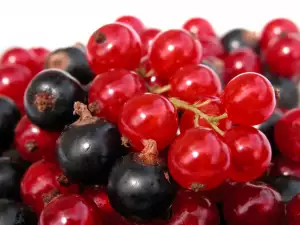
Currants are commonly used in the kitchen as a tightening taste that adds flavor to many dishes and drinks: for example, its leaves are used in Russia to improve the taste and color of vodka, and the UK it is used to make cider. Currants are also added to beer (some types of Guinness).
Composition of blackcurrant
Blackcurrant is rich in many plant nutrients, antioxidants, vitamins, essential fatty acids and minerals. They say the small wine red fruits are richest in vitamins among all other fruits. Currants’ vitamin content is higher than lemons and strawberries by about 4-5 times.
Compared to apples, the vitamins in currants are 10 times higher, 20 times more than the cherry, 100 times than grapes. Most pronounced in the high content of vitamin C. The vitamin concentrate in blackcurrant is lower in vitamin D (1000 - 2138 mg%) only than chokeberry and black mulberry.
Currants contain large amounts of organic acids (1.9 - 3, 7%), and citric acid is predominant. In these fruits, the greatest amount of mineral salts come from potassium (290-320 mg%), calcium (48mg 44%), phosphorus (35 to 45 mg%), magnesium (15 mg -19%), iron (0.9 - 1.6 mg%). Blackcurrant is rich in trace elements of manganese, copper, zinc, boron, molybdenum, fluorine, iodine. Small currant are with 7-12% total sugars, such as fructose and glucose predominate.
It is known for its high content of vitamin C (a powerful antioxidant), GLA (Gamma Linole Acid, a very rare Omega-6 essential fatty acid) and potassium. They have twice the potassium of bananas, arefour times higher in vitamin C than oranges and have twice the antioxidants of blueberries.
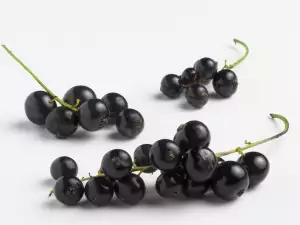
Currants contain anthocyanins, which are natural compounds in fruits. They are powerful antioxidants and are responsible for the characteristic color of blackcurrant. 100 g of black currant contains: 63 calories, 1.4 g protein, 15.38 g carbohydrates and 0.41 grams of fat.
Selecting and storing currants
Choose healthy fruits, in which there are no signs of deterioration. Store blackcurrant in the refrigerator, but place it in plastic bags, because they decelerate the process of appearance of mold on the fruit. In high humidity, the long-term storage of blackcurrant is not recommended.
Culinary use of black currant
This is a popular fruit for the preparation of juices, syrups, compotes, wine and more. The good news is that when cooked, most of the vitamin C is retained in the final product. These fruits are also used for making jellies and jams, to add to desserts, or as part of sauces and dips.
It is often used to make stimulating drinks, liquor, and its most popular use is in juice. Blackcurrant leaves are used to improve the taste of some soups. Dried black currant leaves are also used for making different kinds of tea.
Benefits of blackcurrant
The bomb of vitamins, which blackcurrant is, can not but make the fruit very useful for a person's health. An interesting fact is that the buds, leaves and twigs of black currants also have a large vitamin content. Therefore, the leaves and twigs of blackcurrant make a potion that has been successfully applied in colds and other diseases.

Anthocyanins present in the fruit inhibit the enzymes cyclooxygenase 1 and 2 and reduce inflammation and the effects of arthritis in the body. Blackcurrant fruit juice contains proanthocyanidins, anthocyanins and polysaccharides, polysaccharides (CAPS) and has a stimulating effect. It was found that CAPS have toxic effects against tumor cells and thus reduce the risk of cancerous diseases.
The rich content of vitamin C in blackcurrant automatically makes it a powerful antioxidant that fights free radicals with great success. If you have the opportunity to regularly eat currants, you can be sure that your immune system is at the highest level. The fruit has a protective effect against colds and infectious diseases. Large levels of iron, manganese and copper in black grapes make it extremely useful in anemia.
Potassium in currant fruit turns into suitable food for people with heart and kidney failure, high blood pressure, especially in the presence of medical conditions with edema. The juice from the concentrate of currants may have beneficial effects on eyesight and is good for diets. For centuries, black currant is used in gastric ulcer, gastritis with high acidity of gastric juice, which remains unchanged to this day.
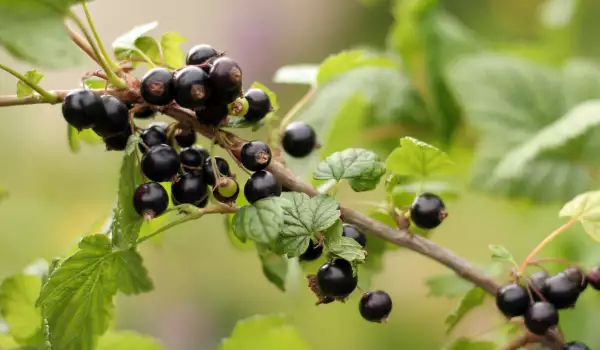
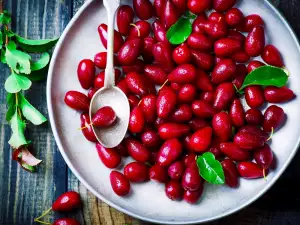
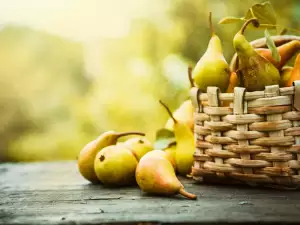
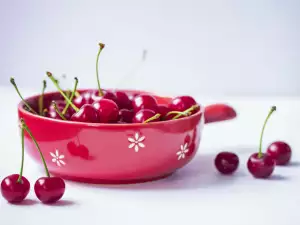


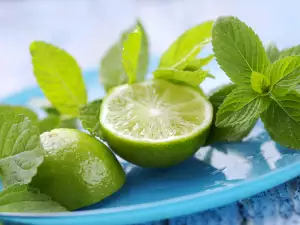
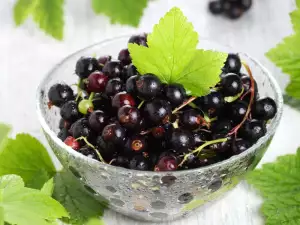

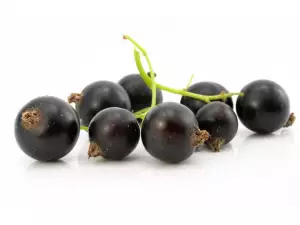


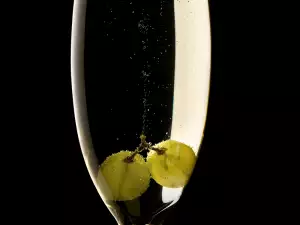

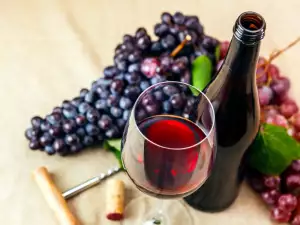




Comments